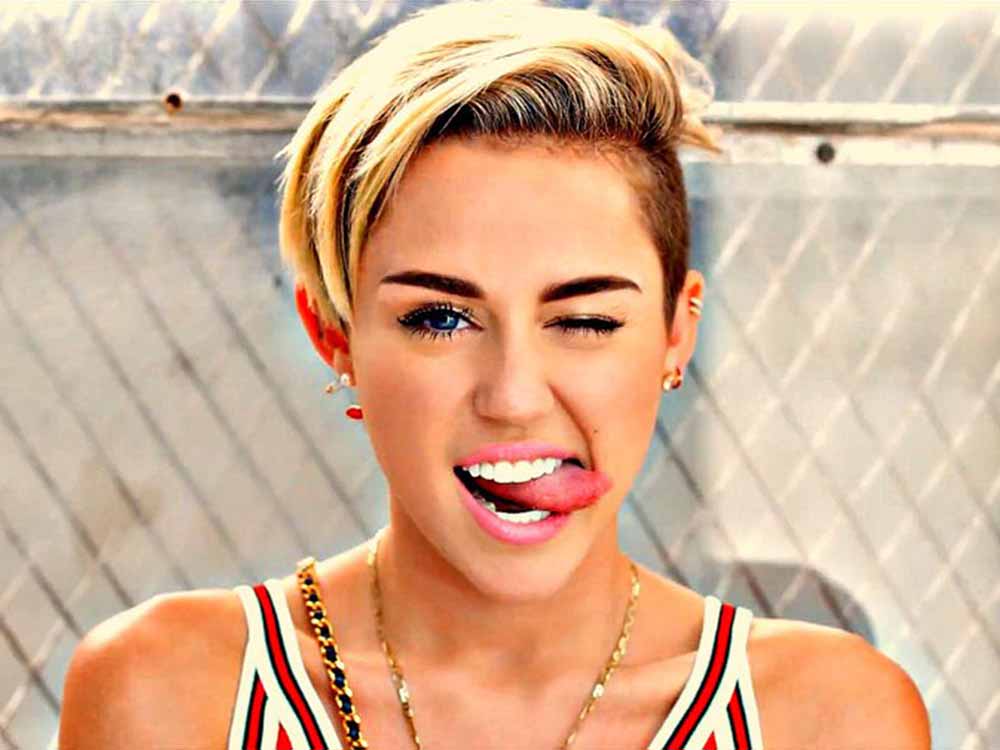Miley Cyrus – The Year of Transformation and Controversy
Miley Ray Cyrus, born on November 23, 1992, in Nashville, Tennessee, was a household name in 2013, known for her roles in the Disney Channel series “Hannah Montana” and her successful music career. However, this year marked a significant transformation in her public image, marked by bold artistic choices and controversies.
The Hannah Montana Era and Transition to Adulthood
Miley Cyrus began her career as a child actor in the early 2000s, starring as Miley Stewart in the Disney Channel series “Hannah Montana.” The show’s immense popularity made her a teen sensation, and her character, Miley Stewart, lived a double life as a pop star, Hannah Montana. The series not only catapulted her to stardom but also allowed her to explore her musical talents.
As she transitioned to adulthood, Miley aimed to shed her Disney image and establish herself as a mature artist. This transition was evident in her 2010 album, “Can’t Be Tamed,” which marked a departure from her earlier music and signaled her desire for artistic reinvention.
The Controversial “Bangerz” Era
In 2013, Miley Cyrus embarked on her most controversial and transformative phase with the release of her album “Bangerz.” The album, released in October 2013, was a significant departure from her previous works, featuring a mix of hip-hop, pop, and electronic influences. The album’s title and content reflected her intent to create a bold and provocative new image.
The lead single from “Bangerz,” “We Can’t Stop,” garnered attention for its explicit lyrics and the accompanying music video, which featured Miley in a provocative and controversial light. However, it was the second single, “Wrecking Ball,” that became one of the defining songs of her career. The music video for “Wrecking Ball” featured Miley swinging naked on a wrecking ball, which further fueled the controversy surrounding her image.
Public Image and Controversies
Throughout 2013, Miley Cyrus’s public image underwent a dramatic shift. She adopted a bold and provocative style that included twerking, scantily clad outfits, and a wilder, more rebellious persona. Her appearances at award shows, such as the MTV Video Music Awards, were characterized by provocative performances and outfits that garnered widespread attention and mixed reviews.
The controversies surrounding Miley’s new image and artistic choices ignited debates about the sexualization of young female pop stars and the boundaries of artistic expression. Some praised her for embracing her independence and freedom of expression, while others criticized her actions as attention-seeking and inappropriate.
The Evolution of Miley Cyrus
The year 2013 was a defining chapter in the evolution of Miley Cyrus as an artist and public figure. Her transition from a Disney Channel star to a provocative and boundary-pushing artist was marked by both praise and criticism. While her controversial image and actions garnered significant media attention, they also overshadowed her musical talent and achievements.
In the years following 2013, Miley Cyrus continued to experiment with her music and image. She released albums such as “Miley Cyrus & Her Dead Petz” (2015) and “Younger Now” (2017), which reflected her evolving musical interests and artistic exploration. She has also been an advocate for various social and environmental causes, using her platform to raise awareness and drive change.
In conclusion, 2013 was a transformative year for Miley Cyrus, marked by a bold departure from her Disney image and the controversial “Bangerz” era. Her artistic choices and provocative public image sparked intense discussions about the nature of artistic expression and the representation of female artists in the music industry. Miley’s journey serves as a testament to her determination to define her own path in the entertainment world, even when met with controversy and criticism.











